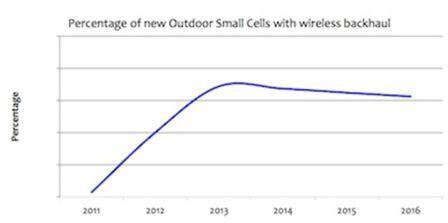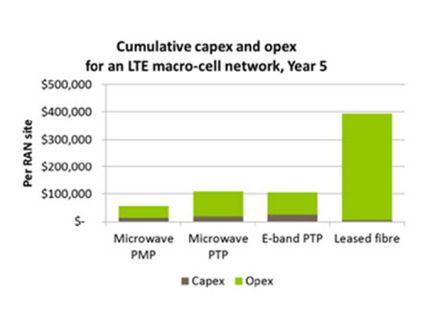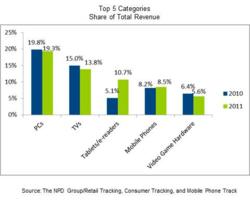Bandwidth planning has become a tricky business since data traffic completely displaced voice as the driver of consumption.
Not only is demand more variable and uncertain, growth is more dynamic, by an order of magnitude or two.
That raises an obvious question for mobile service providers: how much bandwidth do they need to be ready to supply to customers? The question might be easier to answer if demand were not if end user demand was predictable, but demand is not predictable. Sometimes growth is "only" 40 percent a year; sometimes it is higher.
Some might say, for example, that over the past year, AT&T has revised its own forecasts of bandwidth consumption in significant ways.
In a March 2011 presentation AT&T projected that data volumes would grow by eight to 10 times between the end of 2010 and the end of 2015.
That forecast appears to be based on an expectation that volumes would roughly double in 2011 and then increase by a further 65 percent in 2012.
Consider this 2008 forecast, which presents a not-unusual rate of growth in potential speeds, which has a direct bearing on consumption, since faster speeds tend to be associated with higher consumption.
Keep in mind that access speeds are different from consumed gigabytes. But the former drives the latter. And nobody currently predicts anything but a continual shift to higher potential access speeds on fixed and mobile networks.

Instead, AT&T now seems to be seeing 40 percent annual growth. Now, 40 percent annual growth is significant. It means bandwidth consumption doubles about every two to three years. But annual bandwidth growth of 50 percent a year would be well within historical ranges, on an aggregate basis, in terms of long-haul bandwidth consumption.
But policies and end user behavior can change the demand curve.
The most-recent AT&T forecast would mean that data volumes would increase by five to six times by 2015. Whether that means existing spectrum, and newer methods for handling traffic using that spectrum, are sufficient to handle future growth is debatable. Some might argue additional spectrum is not required.
Others might say the possible growth of between 500 percent and 1,000 percent, in just four years, is challenging enough that additional spectrum is likely to be needed, especially if the higher range of growth turns out to be the case.

Network planners might point out that supplying additional bandwidth takes prodigious amounts of capital and significant time.
Some might speculate that AT&T’s forecasts about data growth have changed because supplier policies and end user behavior have changed.
Perhaps users have become quite sophisticated about offloading their data usage to Wi-Fi, as service providers have been urging them to do.

Or, perhaps the heaviest users, with "prodding" from the carriers, are modifying their own behavior.
Why it is so hard to make accurate bandwidth forecastsSome observers would not be sanguine about moderating rates of bandwidth consumption. It is true that carriers can provide incentives and dis-incentives for consumption. But it also is the case that video consumption keeps growing, and it is video that drives bandwidth demand.

















